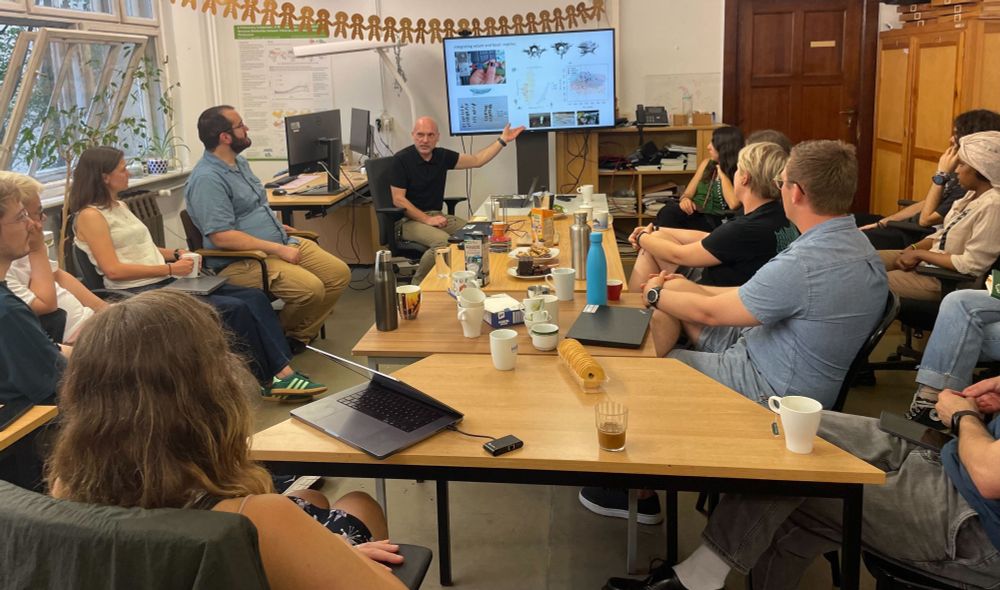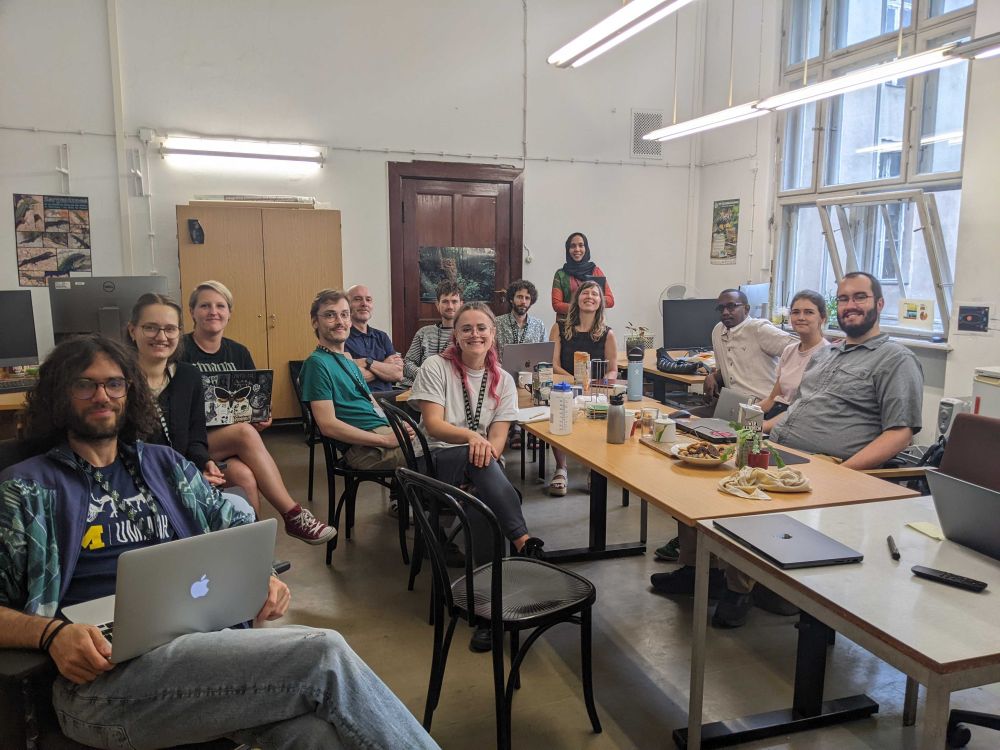
Palaeontology 🦌🦬🦒
Martin Luther Universität Halle Wittenberg
Museum für Naturkunde Berlin
come find us and say hi and follow this thread for all our presentations 👇

come find us and say hi and follow this thread for all our presentations 👇
Faysal Bibi and Jean-Renaud Boisserie describe a fossil buffalo from Ethiopia, revealing how early members of the lineage evolved into today’s African buffalo 🐃
paleo.peercommunityin.org/PCIPaleo/art...

Faysal Bibi and Jean-Renaud Boisserie describe a fossil buffalo from Ethiopia, revealing how early members of the lineage evolved into today’s African buffalo 🐃
paleo.peercommunityin.org/PCIPaleo/art...
👏 @pierreorgebin.bsky.social @robertorozzi.bsky.social
🔗 royalsocietypublishing.org/doi/10.1098/...

👏 @pierreorgebin.bsky.social @robertorozzi.bsky.social
🔗 royalsocietypublishing.org/doi/10.1098/...
So happy to share my first PhD chapter! First digital brain endocast of Hoplitomeryx matthei - a strange five-horned ruminant from Gargano paleo-island (Italy).
Full study: doi.org/10.1098/rspb...
#Paleontology #Paleoneurology #IslandBiogeography
1/7

So happy to share my first PhD chapter! First digital brain endocast of Hoplitomeryx matthei - a strange five-horned ruminant from Gargano paleo-island (Italy).
Full study: doi.org/10.1098/rspb...
#Paleontology #Paleoneurology #IslandBiogeography
1/7
royalsocietypublishing.org/doi/10.1098/... (1/2)

royalsocietypublishing.org/doi/10.1098/... (1/2)
A fantastic few days of sharing ideas, methods, and common interests.
Looking forward to more collaboration ahead!
#EvolutionaryBiology #Paleobiology #AmniotaLab


A fantastic few days of sharing ideas, methods, and common interests.
Looking forward to more collaboration ahead!
#EvolutionaryBiology #Paleobiology #AmniotaLab
Many thanks to the organizers and to the inspiring researchers I had the chance to meet and learn from!



Many thanks to the organizers and to the inspiring researchers I had the chance to meet and learn from!



Many thanks to the organizers and to the inspiring researchers I had the chance to meet and learn from!
@paleoiris.bsky.social from #AmniotaLab led this study to test it!
Diet shapes skulls, but tropical biomes don’t show extra disparity. extreme niche specialization might matter more!
🔗 Read more:
doi.org/10.1186/s129...

@paleoiris.bsky.social from #AmniotaLab led this study to test it!
Diet shapes skulls, but tropical biomes don’t show extra disparity. extreme niche specialization might matter more!
🔗 Read more:
doi.org/10.1186/s129...
@pierreorgebin.bsky.social from #AmniotaLab led this 3D morphometric study, revealing how size, phylogeny & habitat leave distinct marks on astragalus morphology!
🔗 Read more: www.nature.com/articles/s42...
#AmniotaLabCollab 📚🔍

@pierreorgebin.bsky.social from #AmniotaLab led this 3D morphometric study, revealing how size, phylogeny & habitat leave distinct marks on astragalus morphology!
🔗 Read more: www.nature.com/articles/s42...
#AmniotaLabCollab 📚🔍



